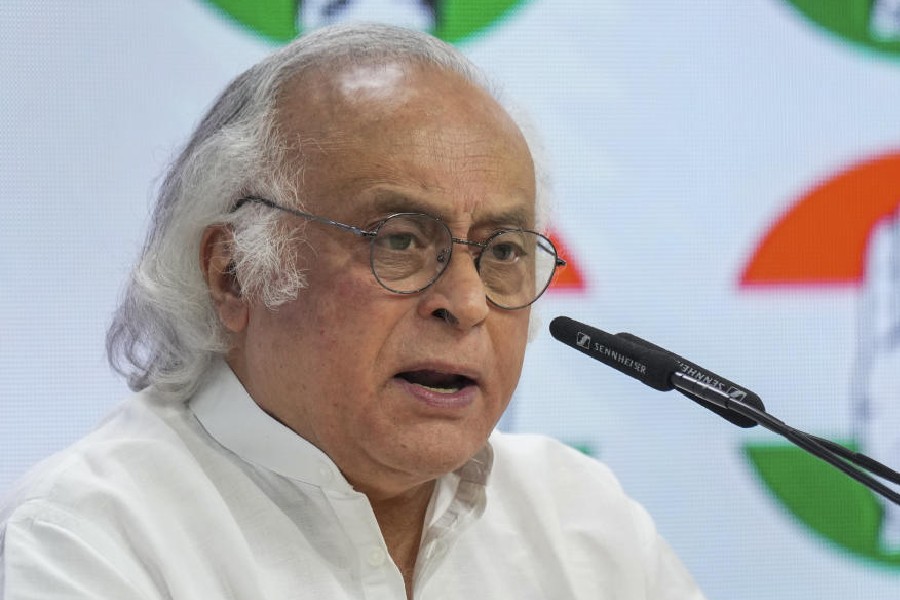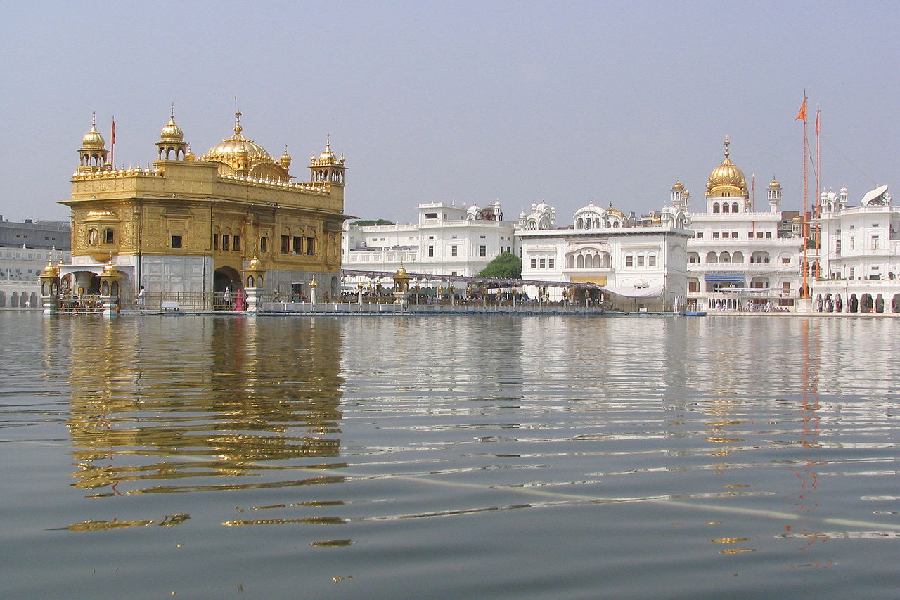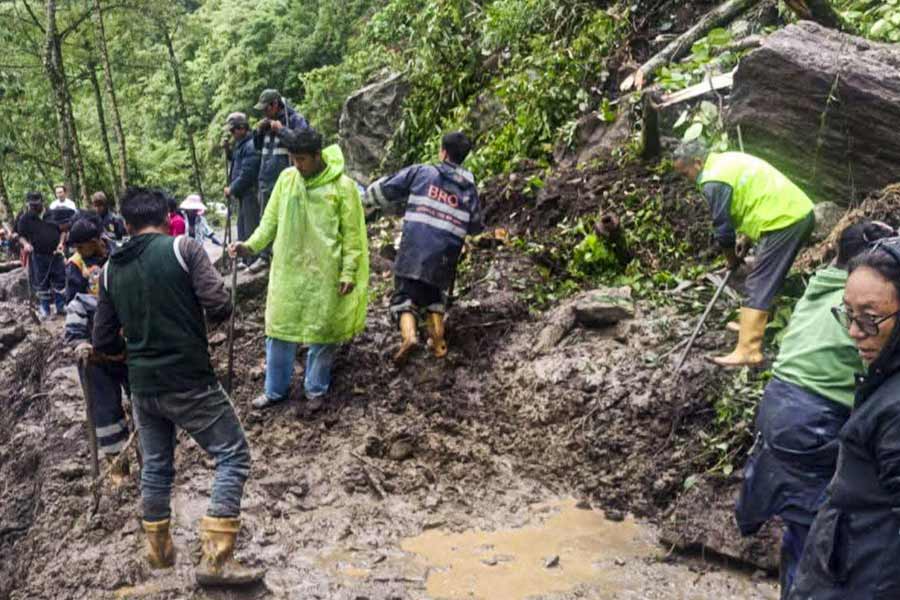Calcutta, Nov. 6: A colourful, vivacious butterfly taking off from a flower does not only fascinate children; it also has a mesmerising effect on adults.
Butterfly watching has often been taken up as a hobby. But for Nikhil Bhopale, founder of Gaia Eco Tours, it is now a way of life. “More than 300 species of butterflies are found in South Garo Hills,” said Bhopale, who completed an 11-day butterfly-watching camp a week ago. At the westernmost point of Indo-Malayan biodiversity hotspot, Garo hills is one of the best butterfly sites in India.
The tour was organised with the help of an NGO, Samrakshan Eco Tours, covering the Balpakram-Baghmara landscape, an area comprising Balpakram National Park, Siju wildlife sanctuary, Baghmara reserve forest and community-owned land, all of 600 square km. Nearly Rs 16,000 was spent on the entire tour from Guwahati, Bhopale said.
The species spotted included Erionota torus, White Dragontail, Bar Swordtail, Spotted and Peal’s Palmfly, Banded Duffer, Archduke, Malay Nawab, Plain Plushblue Red Spot and Base Jezebel. Apart from the insects, the team spotted birds, mammals and reptiles.
“Our eco-tourism initiative is a community-based programme. Locals are the owners and our members, on behalf on this community, run the eco camp,” said Plinder Marak, president of the Siju Eco Tourism and Conservation Society. “The infrastructure has been developed using locally available bio-degradable resources, local architecture and labour. This initiative has benefited the community since its very inception. The eco camp provides employment to many villagers in the form of guides, cooks, caretakers and boatmen.
“As the venture is community-based, 10 per cent of the profit is shared with the community for development activities, especially school education and community development. These, in turn, indirectly benefit the entire local community. Apart from that, the community is also directly benefited from the development fee which is collected from each visitor,” he added.
“Apart from Samrakshan Trust’s support, initially there was no help from the government. However, the government is slowly appreciating our efforts and extending support to eco-tourism ventures,” Marak said.
“Getting the government to sanction the construction of a road connecting Siju market to the village is a major achievement for us,” Marak said.
“We are quite confident that over a period of time we will be able to involve more households into the eco tourism fold. However, it depends on the regular flow of visitors like Nikhil. As the concept is new, it will take time to educate and convince villagers about the negative effects of mining and the potential of eco tourism as a sustainable livelihood option,” Marak added.
“Eco tours have just begun. Though most are receptive, there are some who still need to be convinced. We have good resources but the infrastructure needs to be developed,” said S.N. Sangma, divisional forest officer of East and West Garo Hills wildlife division, Tura.
“The forest and the land belong to the local people, so the final decision lies with them,” he added.
Just back from an exhaustive trip, Bhopale has already started off on another adventure. This time the destination is West Garo Hills.










